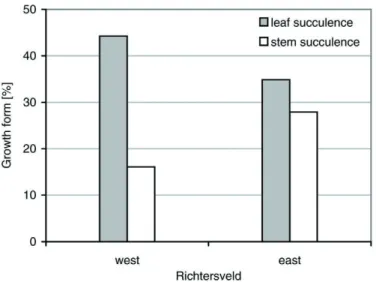Ecological studies on the vegetation of a semi-arid desert following a climatic gradient (Richtersveld, South Africa)
Volltext
Abbildung


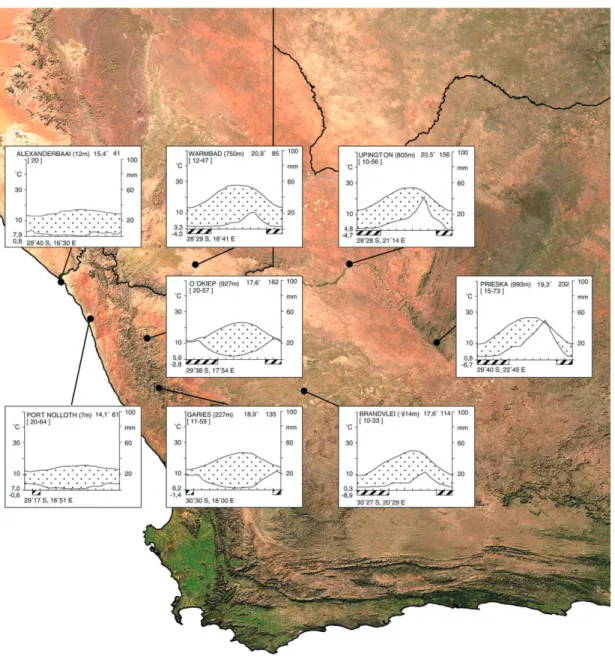
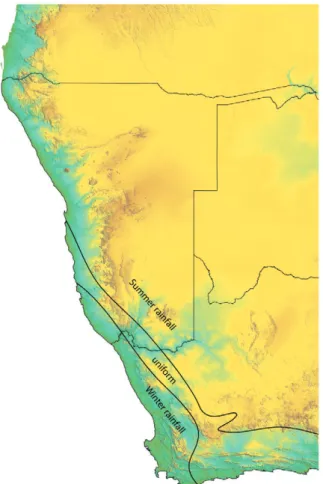
ÄHNLICHE DOKUMENTE
The point is somewhat a matter of water mass definition and the particular isopycnal or level in question, but again the flow scheme here simply implies that
For East Africa, Buigut and Valev (2005) test the symmetry of underlying structural shocks in the region and find that supply and demand shocks are
Estimation of "challenge" The steps in the calculation of estimated numbers of infective bites from G pallidipes containing T congolense received by each cow in the herd at Diani
1989b: (Paläo-)Klima und Relief: Das Reliefgefüge der südwestafrikanischen Namib- wüste( Kunene bis 27° s.B.). Vogel 1988: Late Quaternary environmental changes in the northern Namib
In the central Namib a climatic regime entirely different from that of stage 2 and 1 existed; although the climate was arid to semi-arid, it was characterized by several
Daraus ergibt sich die Schlußfolgerung, daß fluviale Sedimente und Formen in der Namib nur eingeschränkt als Paläoklimaindikatoren benutzt werden können und daß nur über
The evidence from the Rössing Cave speleothems suggests, however, that incision of the Kuiseb subsequent to 28,000 BP was caused not only by increasing rainfall intensity in
PRELIMINARY RECONSTRUCTION OF" THE LATE QUATERNARY CLIMATIC HISTORY OF THE CENTRAL NAMIB DESERT, SW AFRICA, BASED ON NEW 1 4 C DATES.. In the course of a project
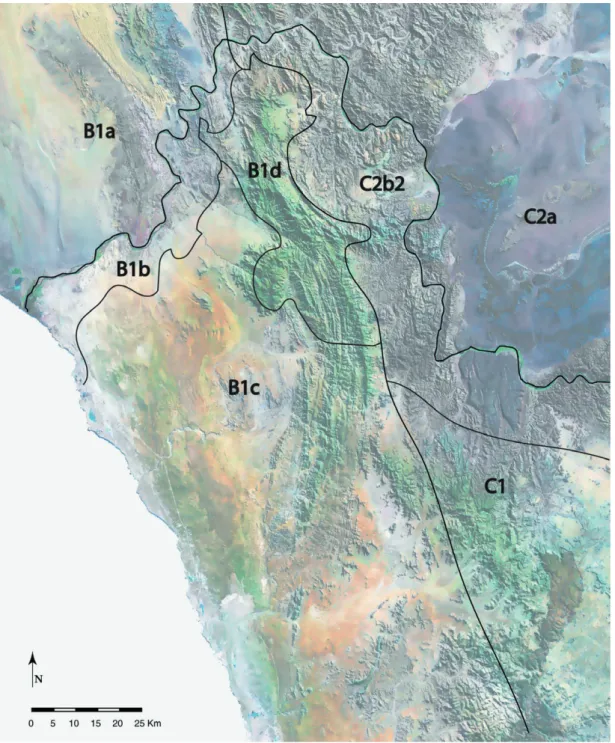
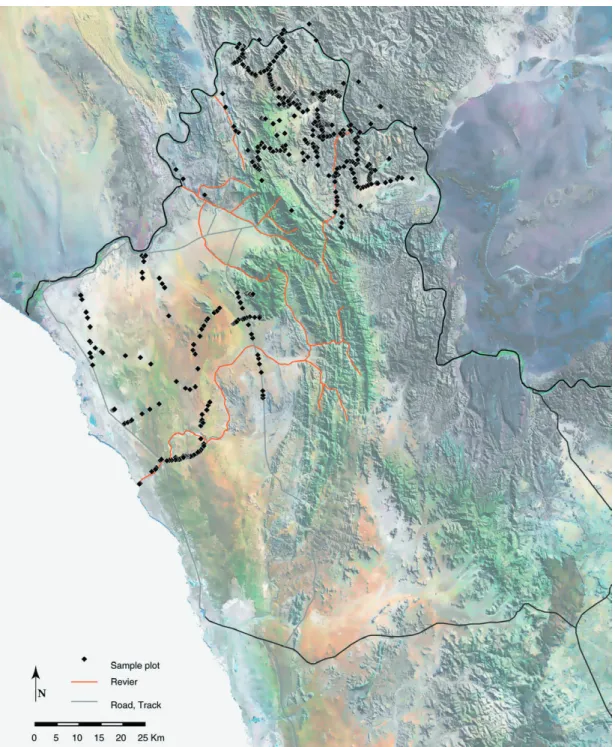
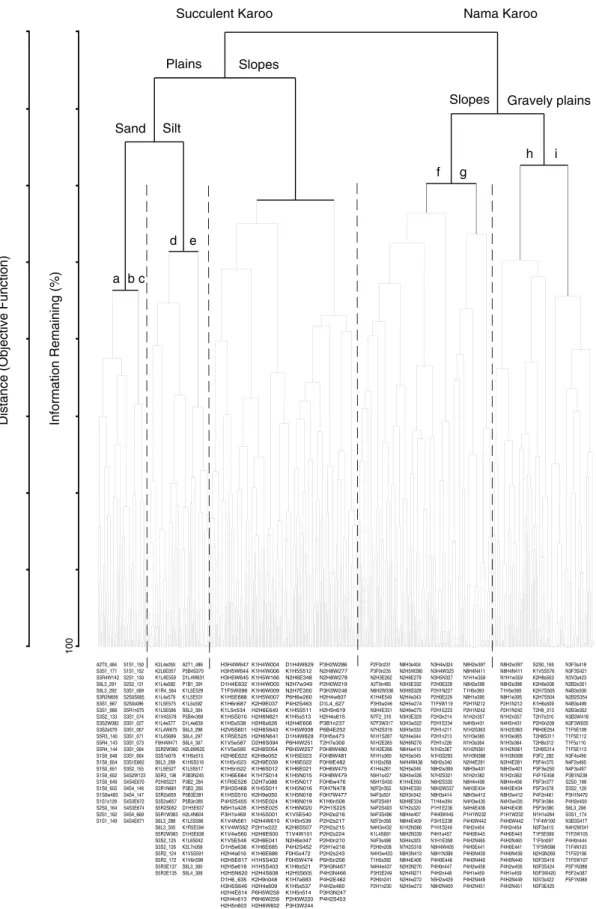
![Fig. 3.3: Total species number [n] of the northern Richtersveld landscape units. Abbreviations:](https://thumb-eu.123doks.com/thumbv2/1library_info/3614521.1501431/54.892.127.522.501.1129/total-species-number-northern-richtersveld-landscape-units-abbreviations.webp)
![Fig. 3.5: Life form spec- spec-trum [%] within the northern Richtersveld. Abbreviations:](https://thumb-eu.123doks.com/thumbv2/1library_info/3614521.1501431/55.892.152.778.464.1136/fig-life-form-spec-spec-northern-richtersveld-abbreviations.webp)
